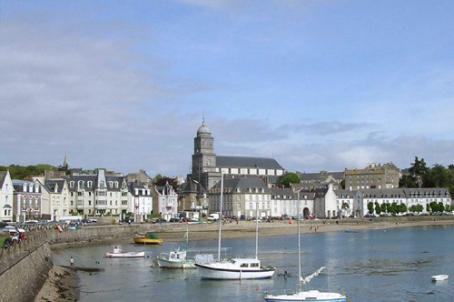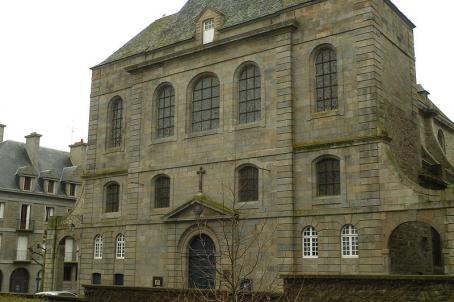Chapel of Saint-Louis
The Capuchin Chapel, completed in 1613, was part of a large Capuchin convent. On its grounds rise the old town hall, the Charcot College and private houses as far as rue Godard. These brothers of Saint-François were very popular. They preached parish missions, were chaplains on ships or missionaries in New France (in Canada). In other words, they had work in Saint-Malo and their convent was flourishing. The Revolution drove them out in October 1792. Part of the convent became the town hall of Port Solidor, another part became the women's prison. The chapel was used for ten-day worship and then became a court of law. All this was not without many successive transformations and renovations.
About this building
Of elongated plan, there the interior of the church is barrel vaulted and semicircular, animated by false ribbed vaults. Finished by a flat chevet, the church consists of a nave vessel and the whole is made of a mixture of granite, plaster and rubble. On the outside, the building is covered along its entire length with a slate gable roof. At the entrance level, the building is marked by a gable wall set back from the alignment of the surrounding buildings.





